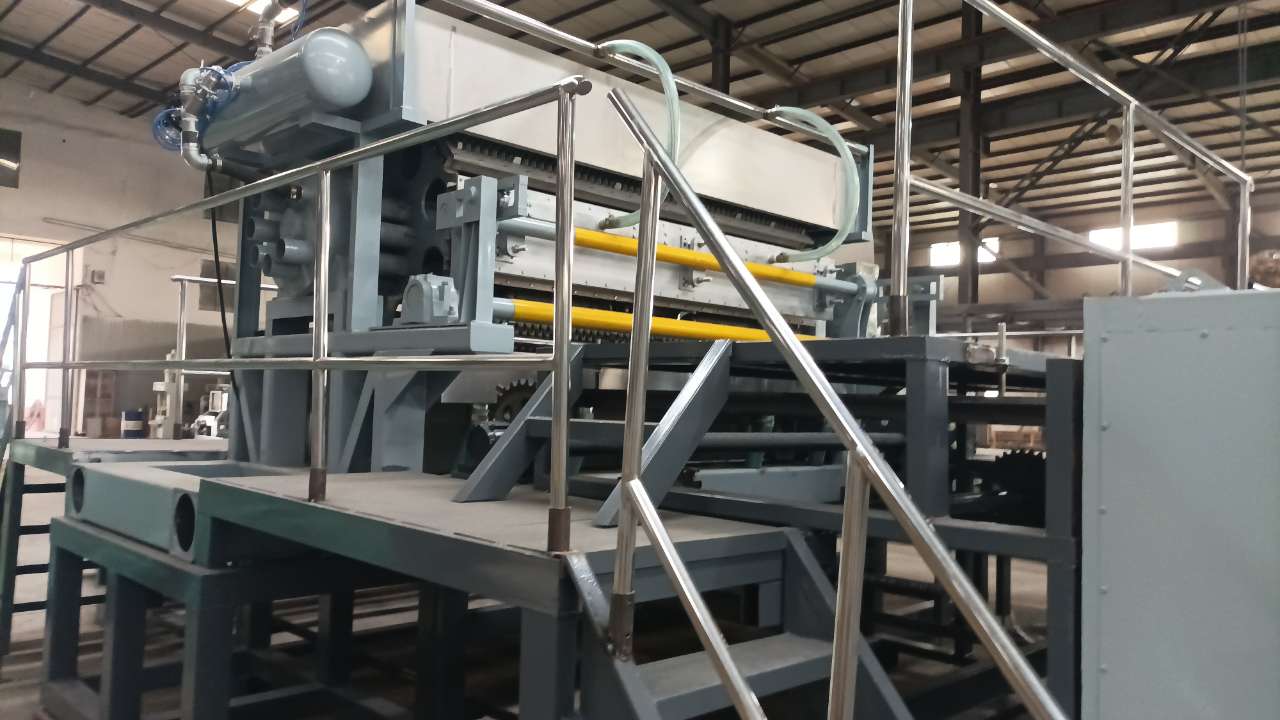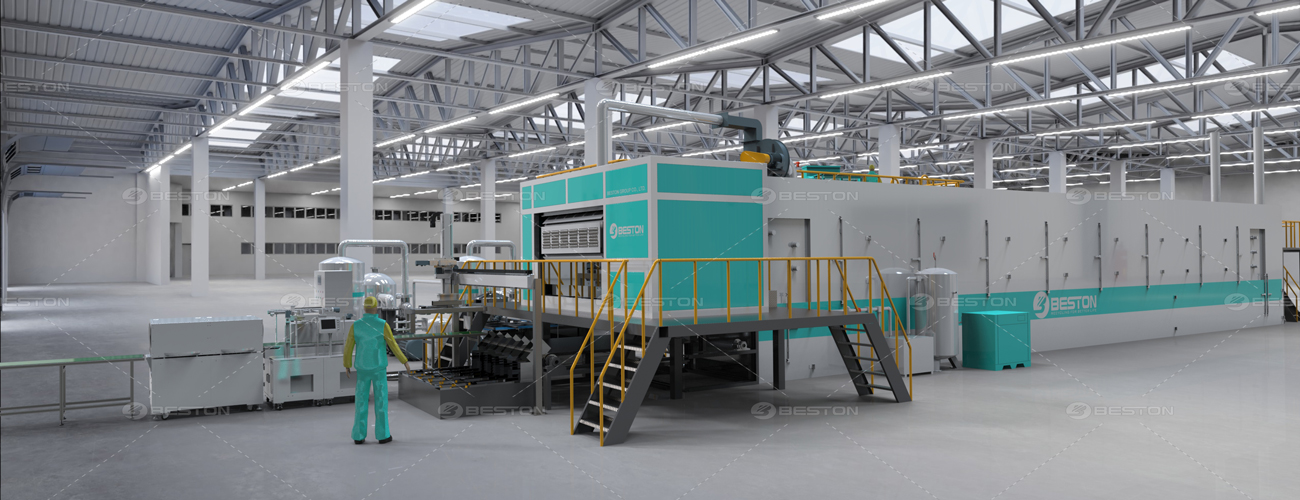The egg tray manufacturing industry is experiencing a wave of technological advancements that are redefining operational efficiency, sustainability, and output scalability. Driven by rising demand for biodegradable packaging and intensified competition across global markets, manufacturers are adapting to innovations that streamline the egg tray production line while curbing production costs.
Automation and Intelligent Control Systems
Modern egg tray machines are increasingly equipped with intelligent control modules that monitor and regulate the production cycle in real time. These systems use programmable logic controllers (PLCs) and human-machine interface (HMI) panels to improve precision in pulp molding and drying phases. As a result, manual intervention is minimized, enhancing productivity and reducing labor dependency—a major factor influencing the total paper moulding machine price.
In small-scale setups, these advancements have led to the creation of compact, fully automatic systems that retain industrial-level consistency. A small paper egg tray making machine for sale today often incorporates advanced sensors and feedback loops to maintain temperature stability and mold pressure—two critical parameters in high-quality tray production.

Efficiency in Pulping and Water Recycling
Traditional egg tray machines often consumed excessive water and energy. In contrast, current models incorporate closed-loop water recycling systems that significantly cut down freshwater use. These eco-efficient systems filter and reuse water within the pulping chamber, aligning the process with sustainability mandates. Combined with high-speed pulping blades and optimized defibration units, the latest machines ensure uniform fiber suspension, directly improving tray density and structural integrity.
Modular Design for Scalability
One of the most notable developments is the modularization of the egg tray production line. This architectural shift allows producers to scale their operations with minimal structural overhaul. Modules such as automatic drying tunnels, multi-layer conveyors, or robotic stacking arms can be added incrementally, allowing adaptation to increased demand or diversified product lines. This modularity also simplifies maintenance, reducing downtime and operational bottlenecks.

Energy Optimization and Alternative Heating Systems
Conventional drying tunnels often relied on diesel or coal as primary heat sources, leading to high emissions and operating costs. Emerging systems of paper tray forming machine have embraced alternative heating methods including biomass combustion, infrared drying, and natural gas integration. These approaches not only reduce the ecological footprint but also lower the long-term cost profile of the paper egg tray manufacturing project report data.
Advanced insulation materials and heat recovery systems are being embedded in new models, which capture and reuse excess thermal energy. These systems are particularly vital for medium- to large-scale producers where energy expenditures are substantial over time.
Market Adaptability and Custom Mould Engineering
Egg tray machines are now designed to cater to a broader array of end products beyond poultry packaging. Innovations in mold engineering support rapid configuration changes, enabling production of industrial packaging trays, fruit holders, and nursery pots. This diversification potential is attractive to investors evaluating the ROI presented in a typical paper egg tray manufacturing project report.
Additionally, as customer demands shift toward regional customization and product branding, machine manufacturers are offering custom mold fabrication with precision CNC machining, ensuring dimensional accuracy and consistent quality across large production batches.
Conclusion
Egg tray machine technology is undergoing a critical transformation. From automated control systems and water recycling to modular scalability and diversified output capability, each innovation contributes to a more cost-effective and environmentally resilient production model. These advancements are reshaping not just how trays are made, but how manufacturers position themselves in a rapidly evolving market.